Happy Spring all!
As noted in my first blog post three of us ushered in spring on Thursday evening March 20th with a tasting of five different Belgian Dark Strong Ales, including a bottle from the pilot batch of the Parched Eagle’s Stella! A component of this tasting was a food and beer pairing, an important consideration for the brewpub. According to beeradvocate.com these foods are good to have with a Dark Strong:
Cuisine (Barbecue) Cheese (sharp; Blue, Cheddar, pungent; Gorgonzola, Limburger) Meat (Beef, Grilled Meat).
So, we grilled (sirloin steak, Italian sausage, and a cajun chicken breast) and had a couple of strong cheeses (a two year old cheddar and an aged parmesan). Then we had dark chocolate with caramel crunch for dessert. Each food was tasted with each of the beers. On to the tasting notes:
1) Rochefort 10.
This was the consensus favorite and is probably one of the best beers I’ve ever had. Elegant, sublime, smooth, and dangerous at 11.3% abv! A sense of malt/sugar balance throughout the flavor profile with a lovely dry finish. A very well attenuated (completely fermented) beer! As far as pairing this beer with food: it went well with everything we had, because it’s just so damn good! This was the only Trappist brewery dark strong we had, and quite a spectacular one.
2) St. Bernardus Abt 12.
This one came from behind late to be the consensus second place choice. A bit sweeter than the Rochefort 10 but nonetheless finished pretty dry (a hallmark for the style). Strong toasted/caramel malt aroma and flavor with appropriate dark fruit esters (raisins, figs, prunes) quite evident, as well. Like the Rochefort 10 it pretty much went well with any of the food.
3) Unibroue Trois Pistoles.
This stellar French-Canadian beer really stood out because of the spices used in its recipe. Neither Tom, Geoff or I really realized just how spiced this Dark Strong is until we had it with these other ones (though even Rochefort 10 uses a little coriander). Basically, its got all the desirable aroma and flavor characteristics of the style that are augmented by somewhat considerable use of spices. The spices apparently used are anise and orange zest. As with the first two medium high carbonation that makes this style quite “digestible” (as the Belgians like to say) and finishes quite dry. A wonderful beer, but a little off style because of the spices. It was a favorite with the dark chocolate because of the spices.
4) Parched Eagle Stella!
We agreed that Stella held up well with all of these stellar Dark Strongs, with a depth of malt flavor and aroma appropriate for the style. What made Stella stand out was the relatively high hop bittering level (at the top end of the range for the style) and use of wildflower honey, which lent a nice midly spicy sweetness contrasted with the sugars used in the other beers (candy sugars are common ingredients for Belgian beers, certainly including Dark Strongs). We noted that Stella went best with the Renard’s two year old cheddar because of the hop bitterness in the pretty dry finish. A question moving forward is whether to ever use wildflower honey in Stella at the Parched Eagle? An intriguing thought.
5) Gouden Carolus Grand Cru of the Emperor.
A wonderful beer, but definitely the sweetest of the bunch with an enormous caramel malt flavor that smacks you across the face (in a good way, of course). A relative one trick pony in terms of complexity of aroma and flavor: the caramel malt is so dominant it pushes fruity esters and anything else (except alcohol) way in the back. Also finished the sweetest of any of these Dark Strongs. Geoff noted that its huge caramel malt flavor went well with the caramel crunch in the dark chocolate.
As indicated by these descriptions we were struck by the variation represented in this wonderful style by each of the beers we tasted. Each had its own distinct/tasty character. Also I think Beer Advocate’s food pairing suggestions are pretty much right on, along with our addition of dark chocolate (which pretty much goes well with everything). 🙂
Here’s the BJCP (Beer Judge Certification Program) description of the style (scroll down to the bottom):
http://www.bjcp.org/2008styles/style18.php
Cheers!
Jim
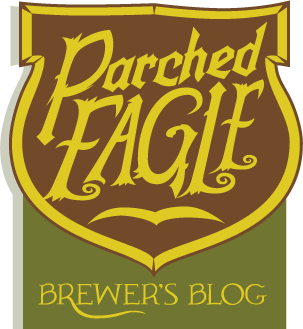
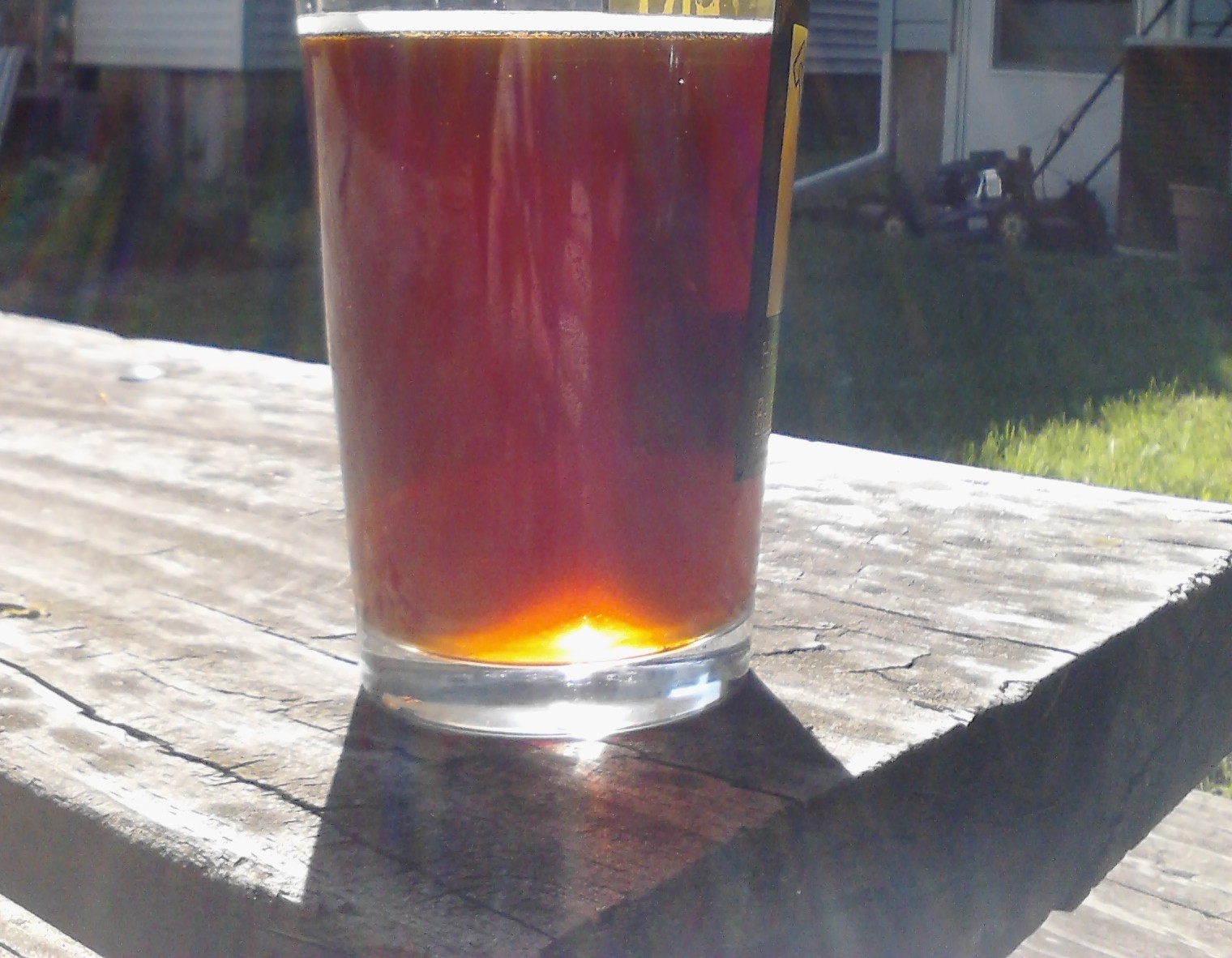
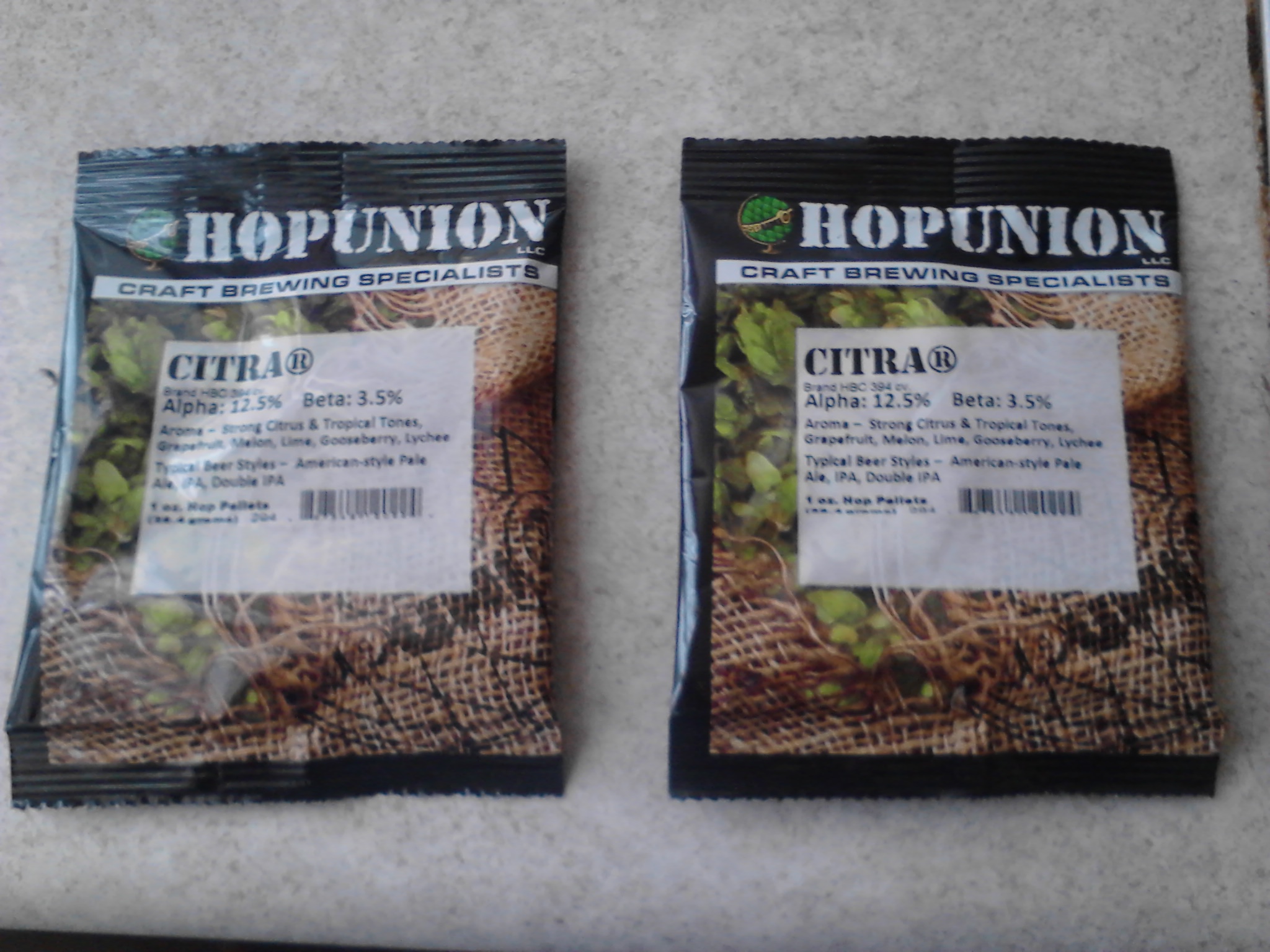
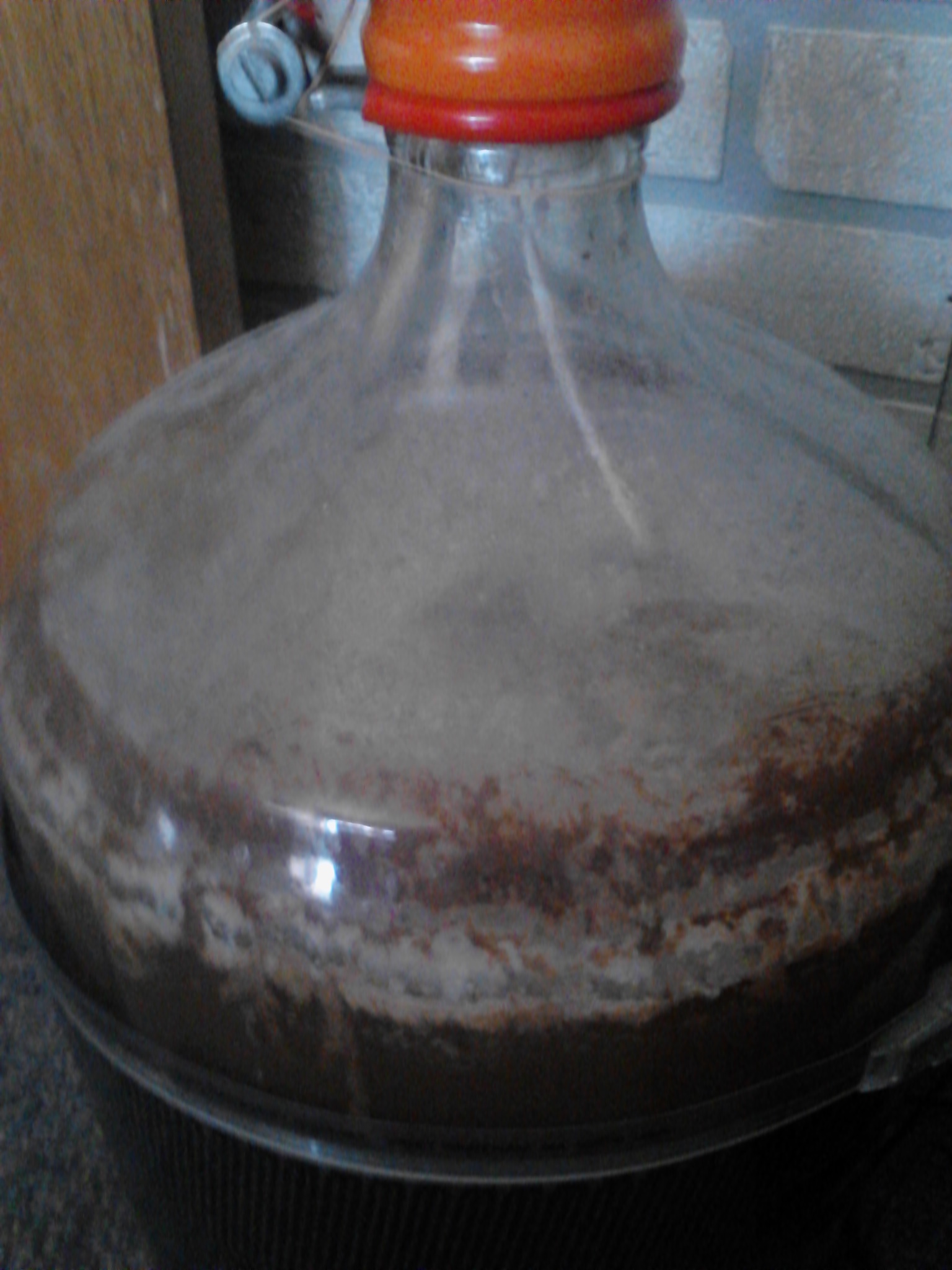
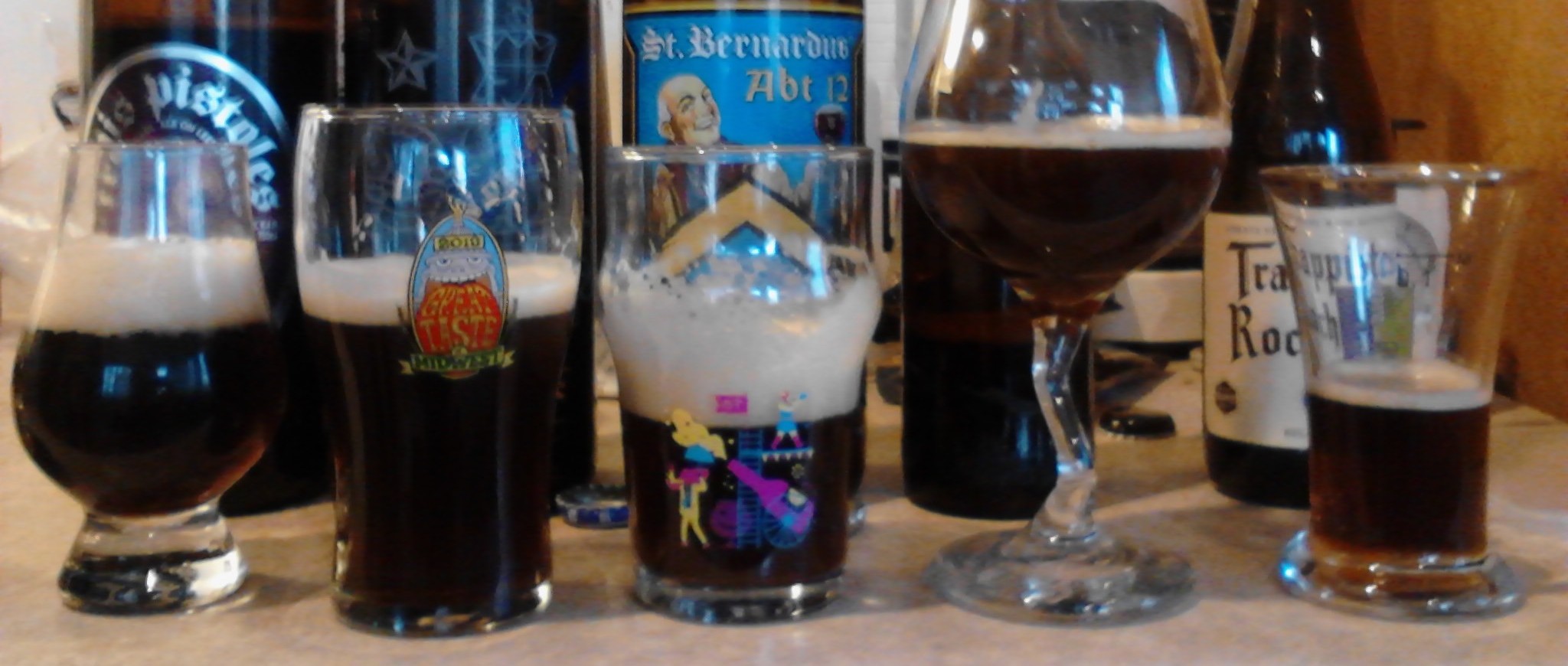
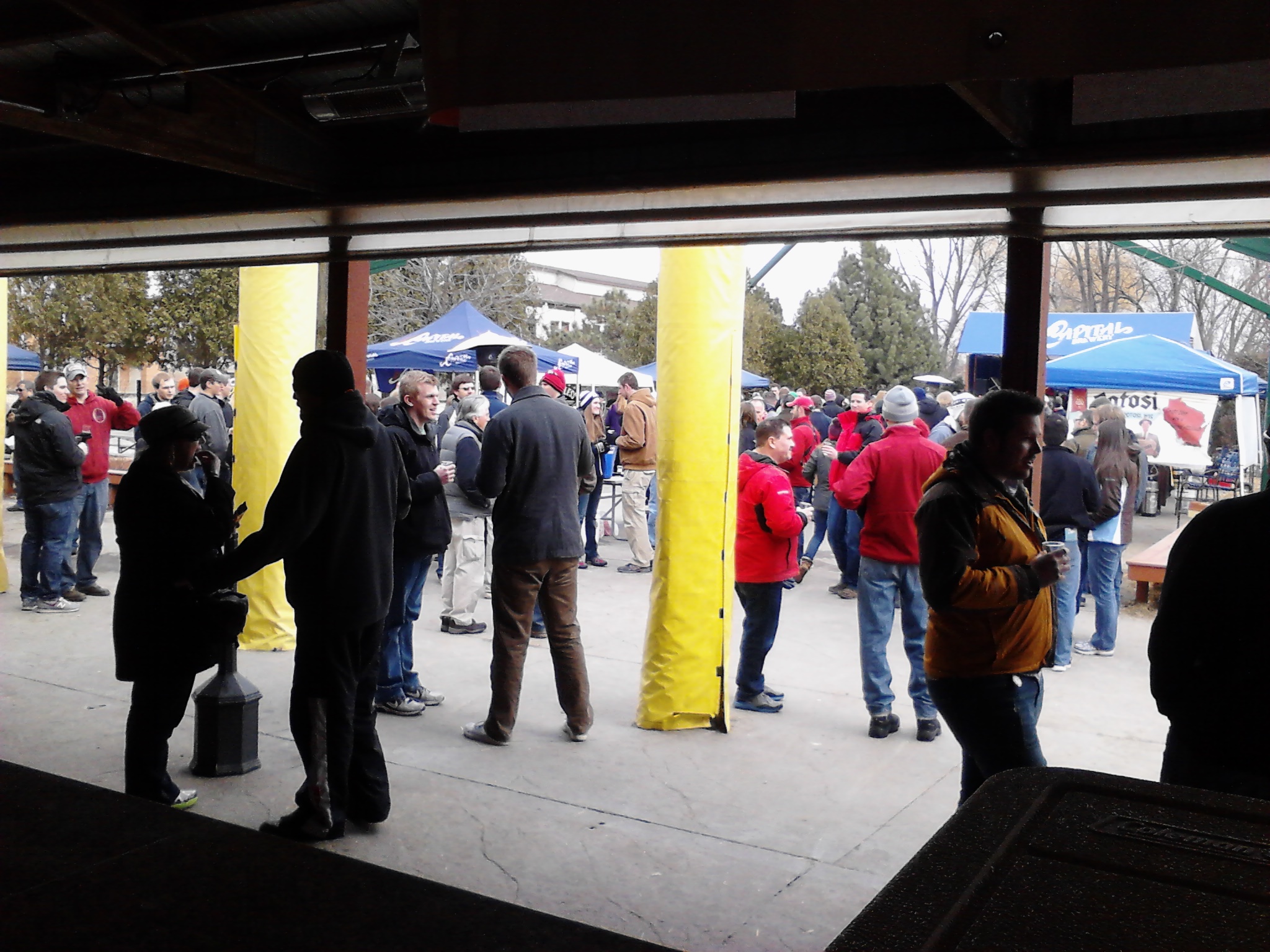
find us on Facebook